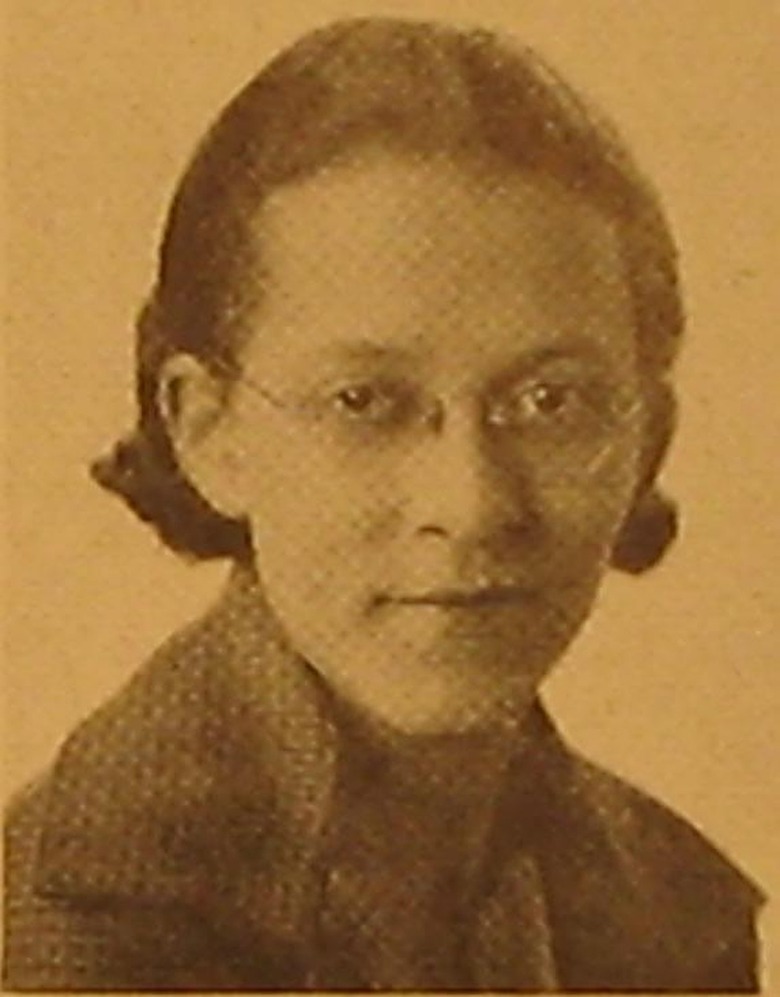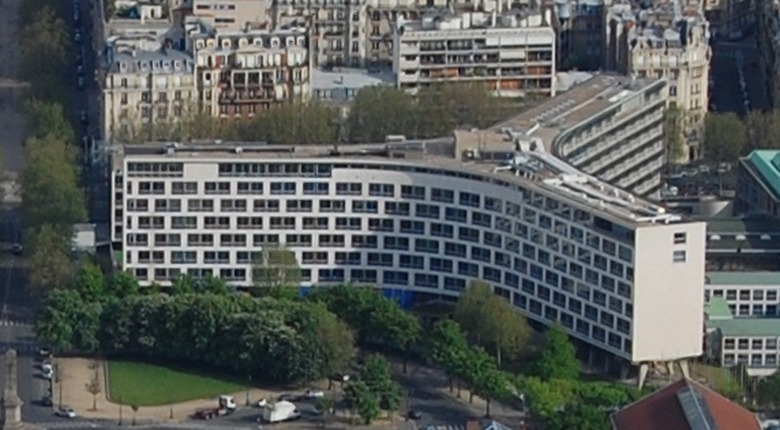The Story Of Beverly L. Greene, The First Black Woman To Become A Licensed Architect In The U.S.
In your American history and social studies classes growing up, you likely weren't taught about Beverly L. Greene. Despite being the first African American woman to be licensed as an architect in the United States, Black pioneers and boundary-breakers such as Greene often unjustly get pushed to the margins of history.
Greene was born in Chicago on October 4, 1915, and was raised on the South Side in an area predominantly inhabited by Black people called that was derogatorily referred to as the "Black Belt" or "Black Ghetto," and later called "Bronzeville." She was a trailblazer from a young age, becoming the first African American woman to receive a bachelor's of science degree in architectural engineering from the University of Illinois at Urbana-Champaign, and was the only Black and woman member of the American Society of Civil Engineers' student chapter at the school. She earned her master's in city planning and housing there a year later.
Early in her career, she joined a collective of Black architects and engineers in Chicago who fought tirelessly for the construction of a housing project to serve Chicago's Black population, and they wanted to employ Black people to build it. After years of lobbying, the Ida B. Wells Housing Project was approved, which would be one of Greene's first jobs as a professional architect.
At 26, Greene officially received her architectural license, and the accolade of being the first Black woman to do so. It's important to acknowledge that while Greene became the first licensed Black woman architect in the U.S., there had been three known Black women who were practicing architects before Greene had entered the field: Elizabeth Carter Brooks (1867–1951), Amaza Lee Meredith (1895–1984), and Ethel Bailey Furman (1893–1976).
Greene made the move from Chicago to New York City in 1944, after applying for a job at the Metropolitan Life Insurance Company (MetLife) to work on a housing project for Stuyvesant Town in lower Manhattan. MetLife had explicitly stated that African Americans wouldn't be allowed to work on the project, but Greene applied anyway, never one to be deterred by the racist status quo. And true to form, she got the job.
Despite boldly landing a position she'd originally been barred from, Greene quit just two-and-a-half days later when she received a scholarship from Columbia University to get her master's in architecture. After earning the degree a year later, she was interviewed in the New York Amsterdam News and said, "Negro women in the postwar world will have a fertile field in architecture. I wish some others would try it."
With her masters achieved, Greene worked for noted hospital designer Isadore Rosenfield on many projects in Brooklyn and Harlem. She had her hand in the theater design at the University of Arkansas; the Sarah Lawrence College Arts Complex in Bronxville, NY; the Grosse Pointe Library in Grosse Point, MI; and the Winthrop Rockefeller house in Tarrytown, NY, among others.
Greene's work even went global, when she worked with architect Marcel Breuer on the UNESCO United Nations headquarters in Paris from 1954 to 1958. At the time, Greene was the only Black woman employed by Breuer, and one of just two women overall.
The last projects of Greene's career were back in New York City, working on NYU's University Heights campus in the Bronx. Greene died after a sudden illness in 1957 at 41 years old. Fittingly, her funeral was held at a building she had helped design, the Unity Funeral Home in New York.
We've made significant strides toward inclusion in the U.S. since Greene was a practicing architect, but Black women are still grossly underrepresented in the field. According to the 2020 National Council of Architectural Registration Boards, only 0.4% of registered architects in the U.S. are Black women. We must continue to honor Greene's legacy by sharing her story and pushing for more diversity in architecture and beyond.

